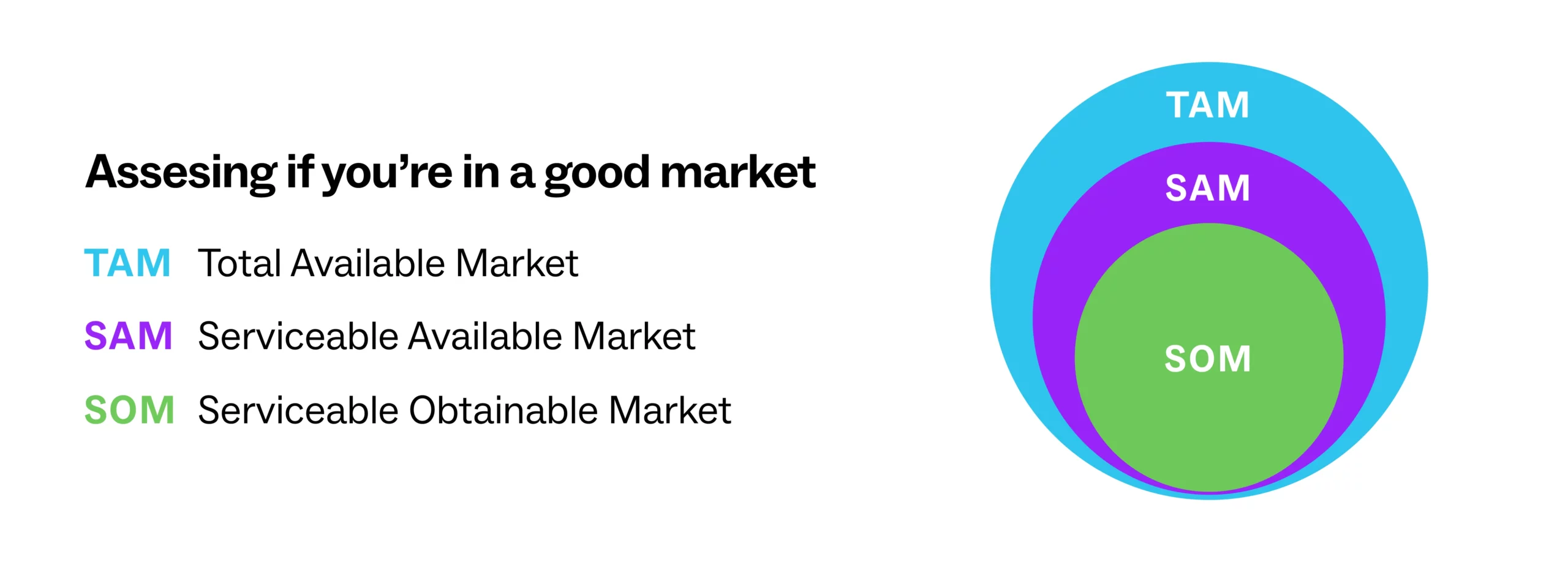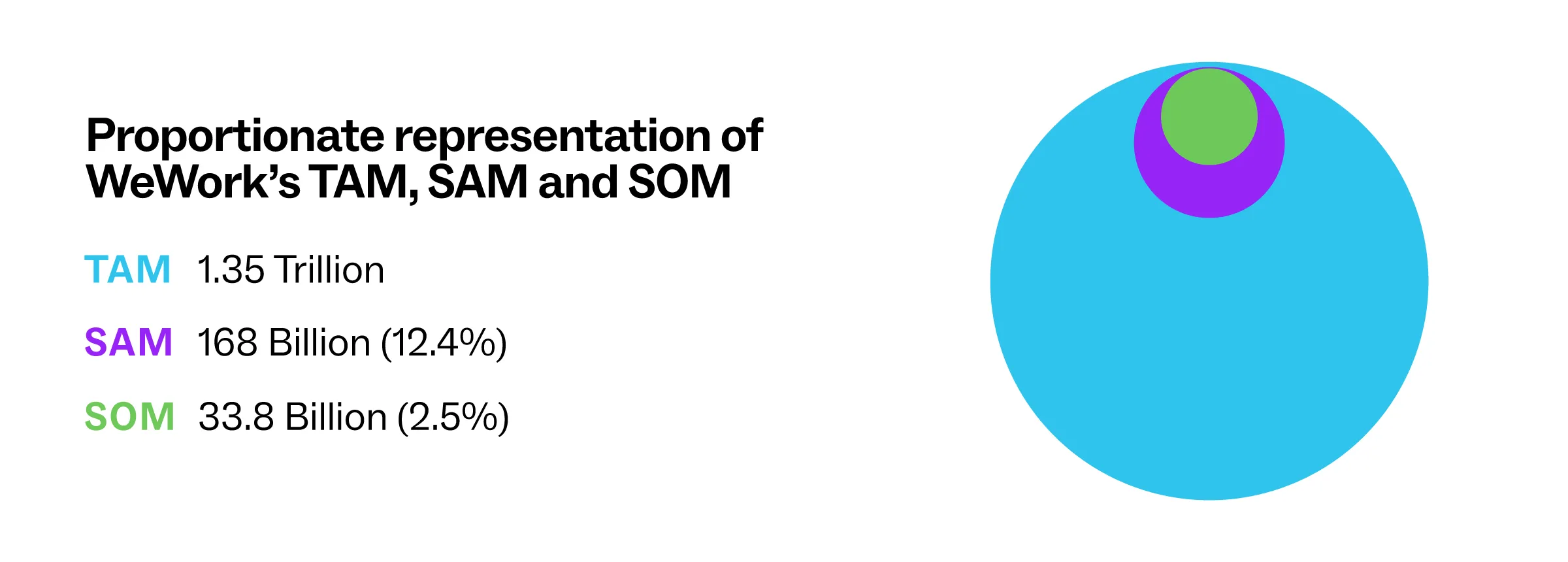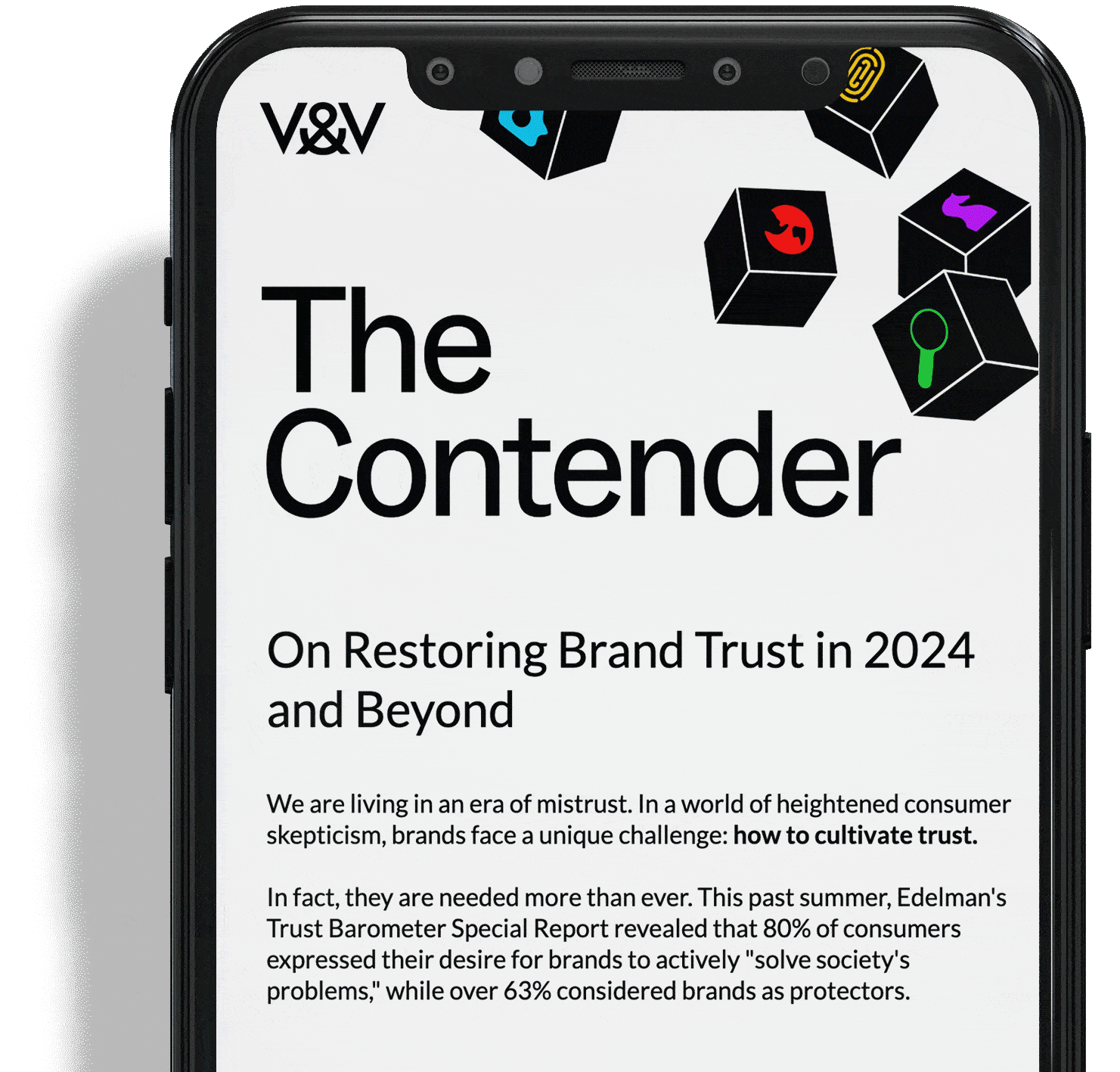Preparing Your Challenger Brand for Go-to-Market.
As a Challenger Brand, once you’re clear on what you offer and who it’s for, you need to make sure there are enough customers to purchase your product.This is where product-market fit comes in.
Product-market fit means that your product satisfies market demand in a way that no other product does. With product-market fit, customers are not only satisfied with the product but excited enough to recommend it to colleagues and friends.
Product-Market Fit is step four in 5&Vine Rahul Raj’s Go-To-Market Framework for Challenger Brands:
1. Value Proposition: The problem your customers are hiring your product/company to solve
2. Target Customer: Who you are selling to Brand Positioning:
3. How do you want the market to view your offering vs. your competitors
4. Product-Market Fit: Validate the customer need and your offering
5. Competitive Response: Your competitors and their likely reactions to your entry
6. Channel Strategy: How and where you will distribute your products
7. Marketing Strategy: How you will reach your target and turn them into customers
Watch Rahul Raj’s Go-To-Market Framework for Challenger Brands
In this article, we’ll discuss what product-market fit is and how to achieve it for your Challenger Brand. We’ll also share some of our favorite resources to learn more.
What Does Product-Market Fit Mean?
According to Marc Andreesen,“Product-market fit means being in a good market with a product that can satisfy that market.”
Product-market fit means that customers are not only purchasing and using the product but also recommending it to others at a significant enough level to maintain expansion and profitability. While this idea may appear self-evident, it’s important to verify that there is a sufficient demand for your business’s services and to define your value proposition accordingly.
Why Is Product-Market Fit Important?
When venture capitalists (VCs) consider investing in a startup, they want to know that the company has a realistic addressable market. This means that the company’s product or service solves a problem that a large enough group of people have, and that there is enough demand for the product to generate a profit.
VCs often encounter pitches with exaggerated market size projections. Unrealistic claims, such as projecting a trillion-dollar market for a $10 million investment, lack credibility. VCs are more likely to invest in companies that have realistic, moderate, fact-based, and defensible market size projections.
In addition, VCs want to see that the company’s addressable market is directly relevant to its offering. For example, a company that develops software for the healthcare industry should not project the size of the entire healthcare market. Instead, it should project the size of the market for its specific software product.
Finally, VCs tend to ignore the longer term projections in the out years. They are more interested in the addressable market in the next few years, as this is the timeframe in which they expect the company to achieve profitability.
How Do You Measure Product-Market Fit?
There is no one-size-fits-all set of metrics to determine product-market fit. But Andrew Chen, a venture capitalist, offers some signals that a company is heading in the right direction with its offering:
- When surveying potential customers or allowing them to test your product, does some segment indicate they will switch to your product?
- Are some users who have rejected similar products on the market willing to try yours?
- When user testing, do people group your product accurately with the right competitive offerings?
- Do users demonstrate an understanding of your product’s differentiators or unique value proposition?
- How do your underlying metrics (such as retention rates of users) measure up against those of your competitors?
- Do customers make up their minds about a purchase with ease?
Chen’s signals represent a mix of both qualitative and quantitative metrics. This is by design. Whatever methods your team uses to gauge success, you will want to include a mix of both as well. For example:
Quantitative:
- NPS score
- Churn rate
- Growth rate
- Market share
- Engagement
Qualitative:
- Word of mouth – Customers mentioning your product to family, friends, or social media connections.
Creating Your Product-Market Customer Survey
Engaging with your customers through a product-market fit survey provides valuable insights into their mindset. What is their experience like? What tells them they can’t live without your product or service?
Answers to questions like this will illuminate whether or not there’s product-market fit and room to grow. What is their experience like, and what tells them that they can’t live without your product or service? It’s questions like this that tell you whether there’s room to grow.
By better understanding what sets you apart and what your key benefits are, you’ll be able to shape your processes as you grow and expand.
Here are some of our favourite questions to ask:
- How often do you use our product?
- How do we make your life easier?
- How would you feel if you could no longer use our product?
- Have you ever recommended us to friends or family?
- What do you think sets us apart from our competitors?
- What could we improve on?
How To Determine Product-Market Fit in Your Industry?
To effectively grasp your potential market share, three essential tools come into play: TAM, SAM, and SOM.
TAM: the total market demand for a product or service.
SAM: the segment of the TAM targeted by your products and services which is within your geographical reach.
SOM: the portion of SAM that you can capture.

Toptal finance provides an excellent breakdown of how to calculate market share accurately.
Examples of Product-Market Fit
Let’s take a look at WeWork as an example of calculating TAM, SAM, and SOM.

Relative to its TAM, WeWork’s SAM and SOM are 12.4% and 2.5% respectively. The large gap between the TAM but small gap between the SAM and SOM demonstrates that the business is a niche player, but highly effective and desirable within its niche.
Validating Product-Market Fit in the Real World
Another effective way to gut check your product-market fit is applying “The 40% Rule” to surveying real customers. There’s 2 ways to use it:
- If at least 40% of surveyed customers indicated that they would be “very disappointed” if they no longer have access to a particular product or service.
or - If at least 40% of surveyed customers consider the product or service a “must-have”.
How Do You Know When You Have Product-Market Fit?
To know if you’ve achieved product-market fit, ask yourself whether you’ve met these criteria:
- Is the product creating organic growth?
- Are customers voluntarily spreading the word about your product?
- Do people think it is worthwhile to spend money to get your product?
Tips on the Journey to Product-Market Fit
Achieving product-market fit is harder than it seems. On your journey to product-market fit:
- Don’t be afraid to experiment. The best way to find product-market fit is to experiment with different features, pricing, and marketing strategies.
- Listen to your customers. The best way to understand your target market is to listen to what they have to say. Talk to them, read their reviews, and track their social media activity.
- Be patient. Finding product-market fit takes time and effort. Don’t give up if you don’t see results immediately.
Key Takeaways
Product-market fit is essential for Challenger Brands. It signifies that your product fulfills the needs of a substantial customer group in a unique way, setting you apart from competitors.
As a Challenger Brand, your focus should be unwavering on finding product-market fit to gain a competitive advantage. This means understanding your target market inside and out, and building a product that solves their problems in a way that no other product can.
If you can achieve product-market fit, you’ll be well on your way to disrupting your industry and becoming a market leader.




